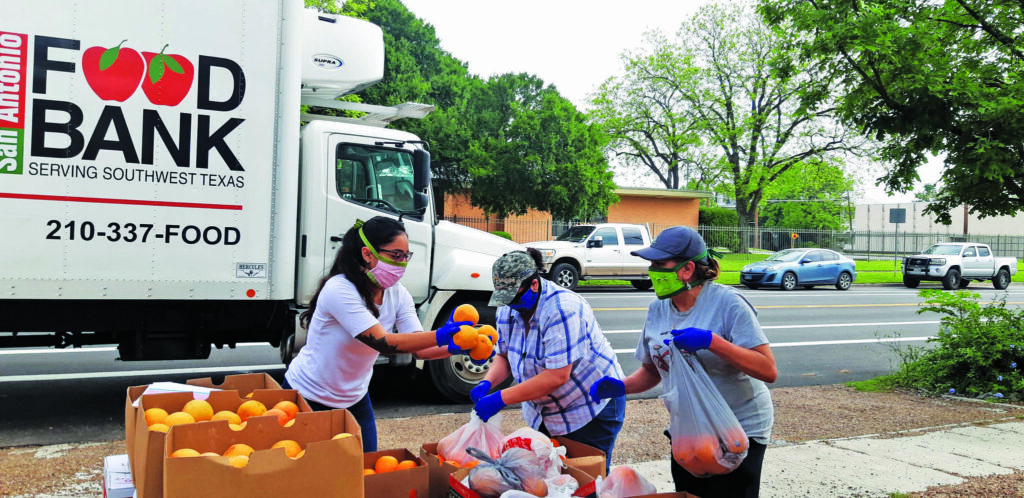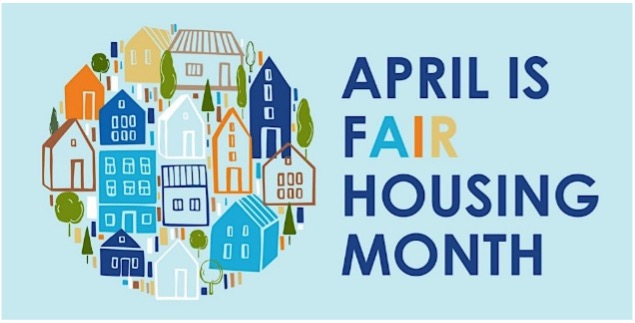The scourge of COVID-19 exposed the lack of readiness of our local populace facing a pandemic at a scale not seen in a century.
Amid the chaos of the coronavirus outbreak, the San Antonio Area Foundation swiftly moved to amass real-time data toward creating a snapshot illustrating how San Antonio’s Latino community fared.
The result of this research yielded a figurative portal into Latino life in the country’s largest Hispanic-majority city. Titled A Window Into Latino Financial Well-Being in San Antonio: Using Data and Community Voices to Inform Post-Pandemic Wealth-Building Strategies, the new report chronicles a narrative marked by modest gains, missed opportunities, entrenched pockets of poverty and continual challenges yet imbued by hope for the future.

“I think the report illustrates how progress – even gradual changes – can take decades,” said Jesús Garcia-Gonzalez, Senior Program Officer at the Area Foundation, which produced the report. “We have become so used to quick fixes and fast improvements that at times we forget that real progress requires funding, support and partnership on a long-term plan.”
With the 2020 peak of the pandemic as its focal point, the report examined data from as far back as 2012 in providing a historically broader, more contextual canvas. It fell to the staff at Texas Appleseed to perform the yeoman’s task of collecting statistics for the in-depth report.
To illustrate the slow arc of progress, Garcia pointed to a pair of telling statistics. The first part of the report, he noted, revealed a Latino median household income increase of just $3,774 and a mere three percent decrease of families living in poverty in the examined time frame. Moreover, the number of families with health insurance coverage rose just four percent from 2012-20. In a five-year span, the high school completion rate increased by three percent.
Against that backdrop, the pandemic aggressively emerged. “Our community, Latino and not, was severely impacted by COVID,” Garcia noted. “We know that the San Antonio metro area is one of the poorest and most economically segregated cities in the U.S., and the report clearly illustrates how vast the need was during the pandemic. The families who were already struggling got further backed into a corner with no relief in sight.”

The report also disabused of the notion held by some positing working-class and immigrant residents as drainers of public resources. There were seven ZIP codes “… that continue to need our support and funding to ensure these families who are at times the most vulnerable have access to equitable resources,” according to the report – a finding that contradicts narratives demonizing the poor.
As for migrants: “There is also rhetoric nationally that pushes a narrative that our immigrant populations take advantage of social services without paying into the systems,” Garcia said. “Here clearly, we see that these communities did not approach services due to fear of deportation.”
The gathered data also belied a broader narrative of growing pre-pandemic economic prosperity, said Ann Baddour with Texas Appleseed. “I don’t know if it was as much surprising as it was affirming because I saw the data trends that indicated the same thing,” she said. “Prior to the pandemic there had been a lot about how people were improving and incomes were going up and the economy was great and unemployment was down. There was a lot of promising messaging.”
Yet that portrayal proved elusive in the throes of the pandemic.” Borrowing was at an all-time high in 2019 leading up to the pandemic,” Baddour said. “You have this amazing economic news, and yet these other undertones seemed to contradict it.”
Indebtedness coupled with the corrosive effects of inflation proved a powerful combination in adding to financial stress. “There were definitely positive economic indicators and yet as we saw with the full force of the pandemic, there wasn’t a lot of stability,” Baddour said. “As soon as things started to go south, things really went south fast – huge lines at the food banks and all of the needs right in front of your eyes.”
For all the pandemic exigencies, hopeful signs emerged too. Baddour highlighted the resiliency of Hispanic families and their prudent use of financial assistance to strengthen their households. Various public entities galvanized around a common goal to fortify families in the darkest days of the pandemic.
The report concludes with a list of policy recommendations – from short-term options to longer-term opportunities – aimed at growing our community’s financial empowerment. Among them:
- Develop a community-based initiative to expand access to paid sick leave.
- Explore strategies to improve access to childcare for low- and moderate-income single parents and families.
- Build on local initiatives addressing the city’s digital divide.
- Continue investments in bolstering and preserving affordable housing while expanding on homeownership opportunities.
- Invest in nonprofit capacity-building and resilience planning.
As something of a blueprint for future calamities, Baddour views the report as something of a living document – a primer of empowerment casting light drawn from lessons learned in the darkness of the pandemic.
“What we just experienced is unprecedented in our lifetimes, and to have this experience go by without study is a missed opportunity,” she explained. “To study it is an essential step because if we lose this data, if we lose this information, we’ve lost a real opportunity to determine how we can be more effective.”
Antonio Cantu is a member of the San Antonio Area Foundation’s Storytelling Ambassadors Contributor Network.

